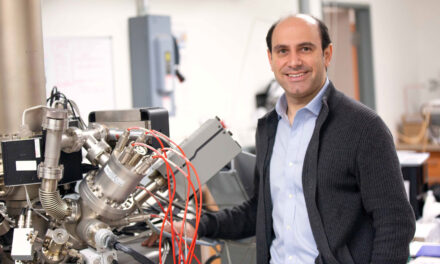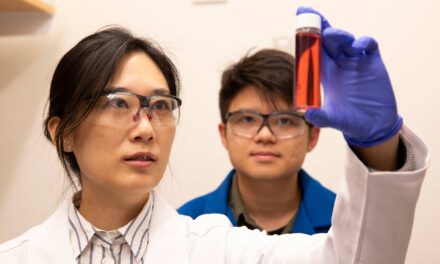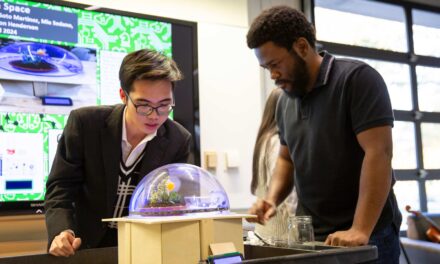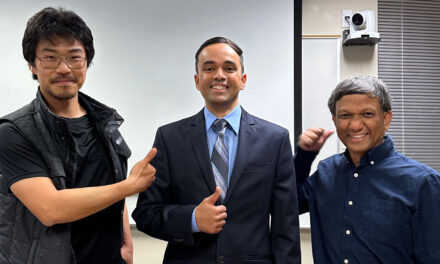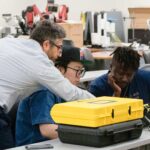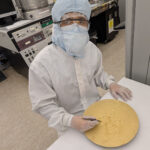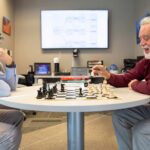
Chae developing wireless, implantable biosensor to monitor brain health
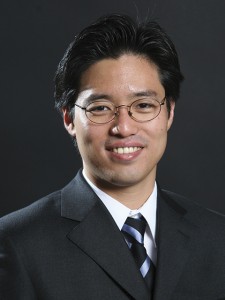
Prof Junseok Chae is working on developing a small wireless device that can be implanted into the brain to provide information about the brain’s condition.
Posted October 24, 2013
An Arizona State University engineer whose work focuses on biomedical devices to monitor and improve human health is developing a small implantable wireless device that can provide vital information about the brain’s condition.
The project led by Junseok Chae is supported by a $2 million, four -year grant awarded by National Science Foundation (NSF).
Chae is an associate professor in the School of Electrical, Computer and Energy Engineering, one of ASU’s Ira A. Fulton Schools of Engineering. He works with Connection One, an NSF Industry/University Cooperative Research Center based at ASU.
Connection One is at the forefront in development of the next generations of antennas, low-power computer chips, advanced transistor models and multiple-function circuitry.
For the wireless brain-health sensor project, Chae is teaming with researchers at Ohio State University (OSU), which is a Connection One partner. His partners are John Volakis, the R. & L. Chope Chair Professor in OSU’s Department of Electrical and Computer Engineering, and Julian Thayer, the Ohio Eminent Scholar Professor in OSU’s Department of Psychology.
Noninvasive biosensors, such as those that are typically attached to the head, can miss critical medical information because they fail to detect some neural signals. Wires connect the biosensors to batteries and transmit information from the sensor to a computer. The system presents a significant inconvenience for patients.
Chae’s research team is developing a device that does not require an external power source and transmits data wirelessly. The new biosensor could potentially be placed inside the brain to gather information from an unobstructed array of neural signals.
“One of our main aims is to make the wireless device more sensitive to the brain’s smaller neural signals and better able to filter out unwanted background signals. It also needs to be durable enough to be effective over long periods of time,” Chae says.
Tests of such devices have so far yielded positive results, although the wireless signals are slightly weaker than signals transmitted through wires.
In a related project, Chae is developing a microdevice capable of mimicking the function of specific tissues that control water pressure within the brain.
The device could be used to treat people with hydrocephalus — also known as “water on the brain” — a medical condition in which there is an abnormal accumulation of cerebrospinal fluid surrounding the brain.
Written by Mayank Prasad and Joe Kullman
Media Contact:
Joe Kullman, [email protected]
(480) 965-8122
Ira A. Fulton Schools of Engineering


